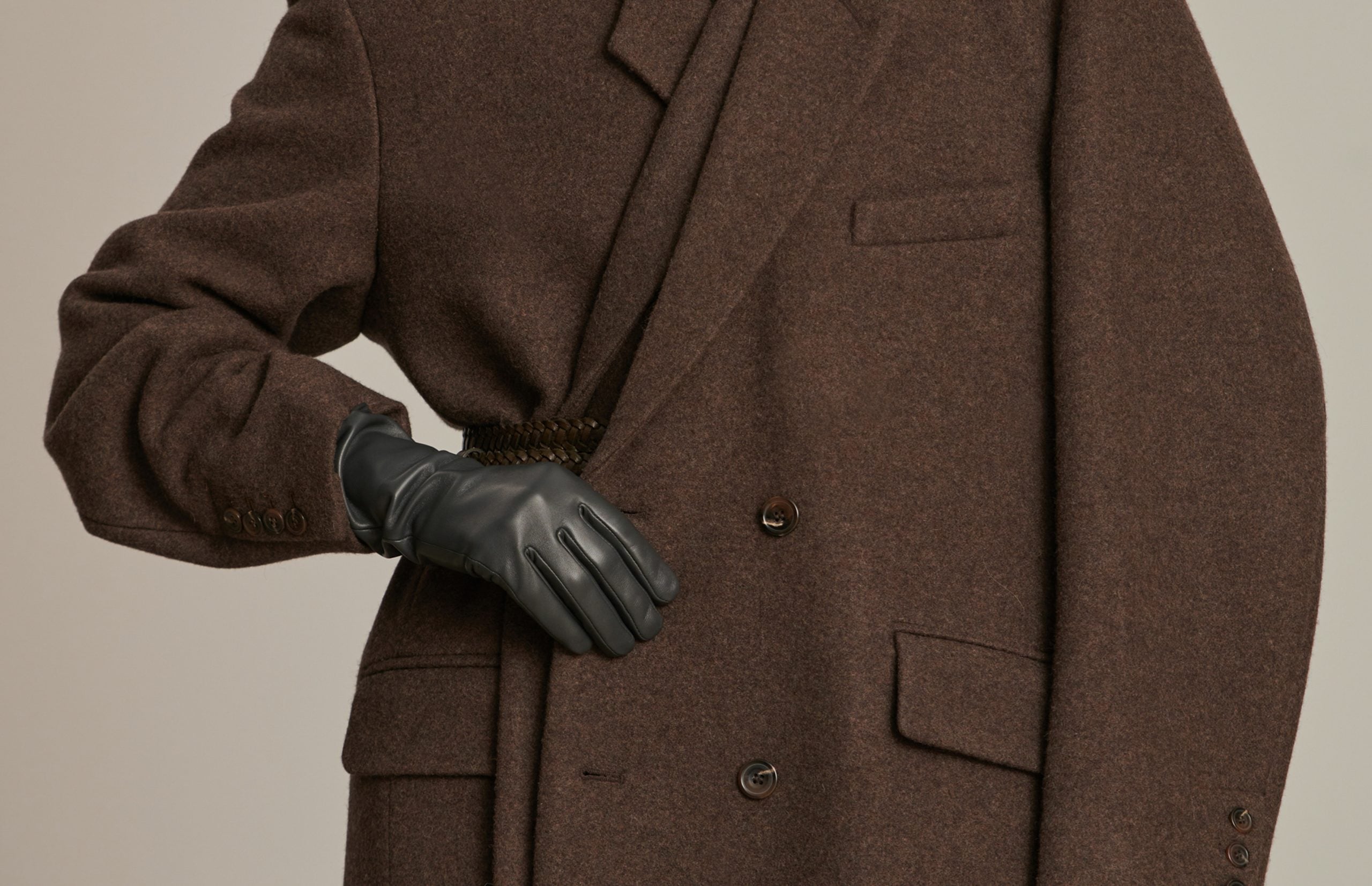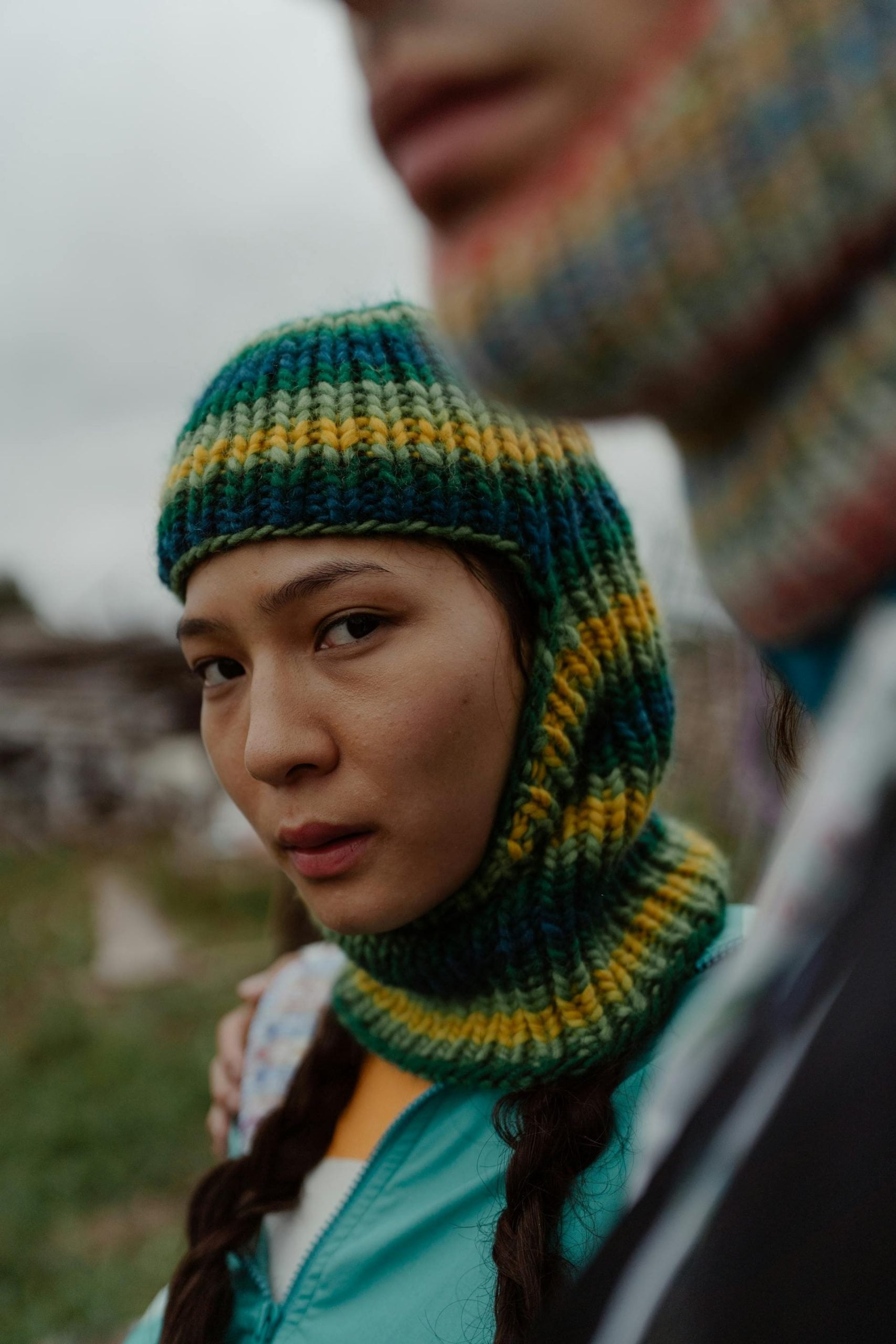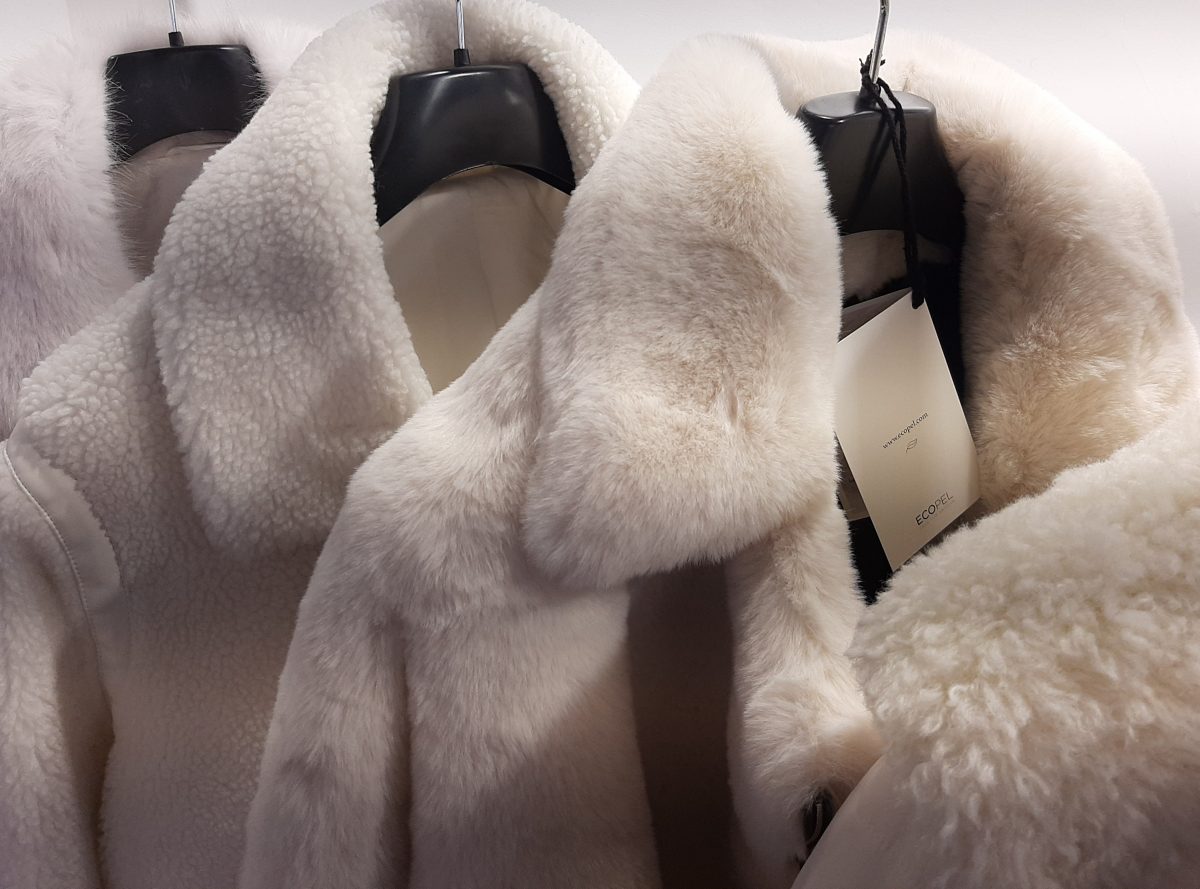
Stylish Interview with Arnaud Brunois, Expert in Luxury Faux Fur
This publication is also available in: Français
English (UK)
Deutsch
Italiano
Español
There are trends we love to see adapting and adopting a new ethic. This is the case, for example, with fur.
So yes, it’s beautiful, chic, and soft, but killing animals for clothing? Objectively, that’s outdated and cruel.
At Ecopel, faux fur is reimagined as modern, trendy, and above all luxurious.
We met with Arnaud Brunois, Communication and Sustainable Development Manager at the event Who’s Next in Paris, and his energy in developing a luxury faux fur without animal cruelty enchanted us.
By the way, if you couldn’t attend Who’s Next and want to know everything about the trends this season, I recommend you watch Victoria’s vlog, our stunning all-terrain fashion reporter Modalova who legally crashed the event!
- 1. Hello Arnaud, can you tell us about Ecopel?
- 2. Does your work also involve convincing luxury brands to switch to faux fur?
- 3. Is it difficult to convince these brands?
- 4. What is the difference in lifespan between a real fur and faux fur jacket?
- 5. What are your innovations?
- 6. How are dyes treated?
- 7. Does public opinion matter?
- 8. Is it necessary to show shocking images to move forward?
- 9. Are you collaborating with PETA UK on an issue that affects the Royal Family?
- 10. Finally, can you tell us about the Seaqual initiative?
- 11. We’re crashing the Fashion Event Who’s Next 2022
Hello Arnaud, can you tell us about Ecopel?
Ecopel is a Franco-Chinese company founded in 2004, specializing in faux fur with a simple concept: to sell an ethical alternative to luxury furs. At the time, it was much less trendy and widespread than it is now.
My job? To ensure animal protection and find greener synthetic materials for the environment.
The story of Ecopel begins in luxury
Guess, Armani, and Stella McCartney were the first to join Ecopel to embrace the faux fur trend. Quickly, the situation evolved, and it was with English fashion designer Stella McCartney that faux fur gained traction. “Stella McCartney has very strong convictions, she is vegetarian, doesn’t use leather. She was a pioneer, and her vision appealed to Ecopel’s management.”
The ethical turning point in the fashion world came in 2017 when luxury house Gucci announced that it would no longer use animal fur.
For me, there’s a before and after Gucci. The anti-fur effect became the norm, and forty major players in the textile industry declared themselves against the use of animal fur.
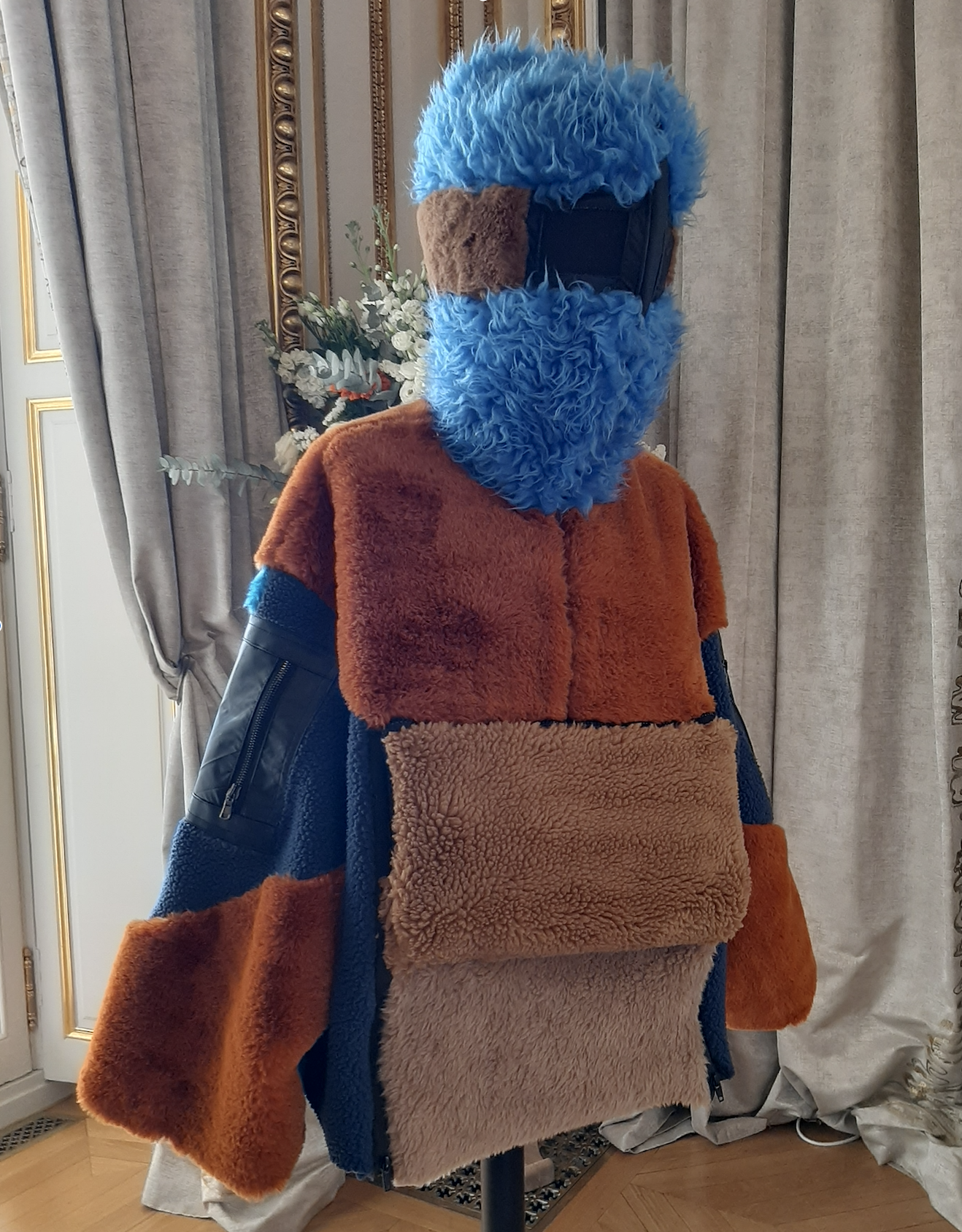
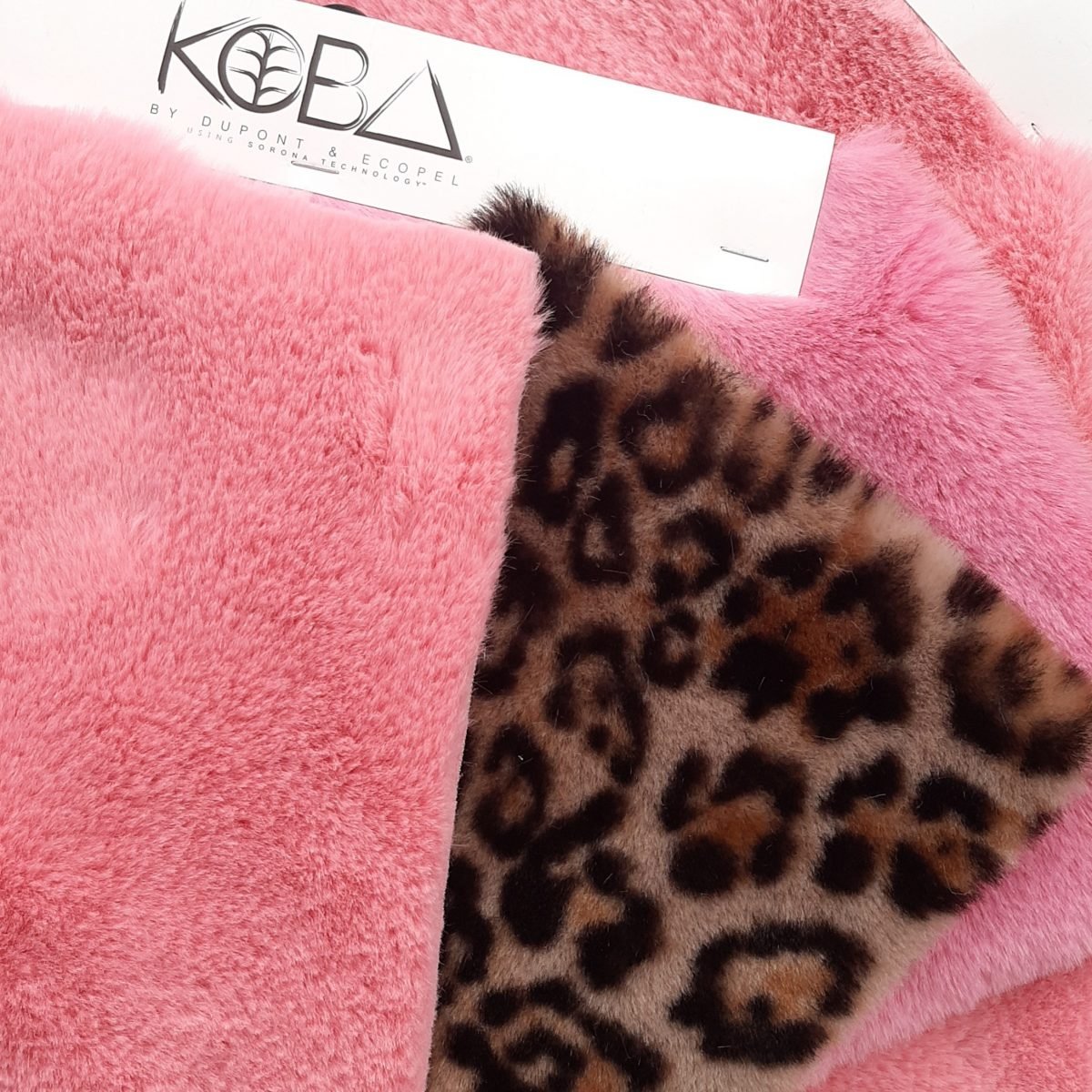
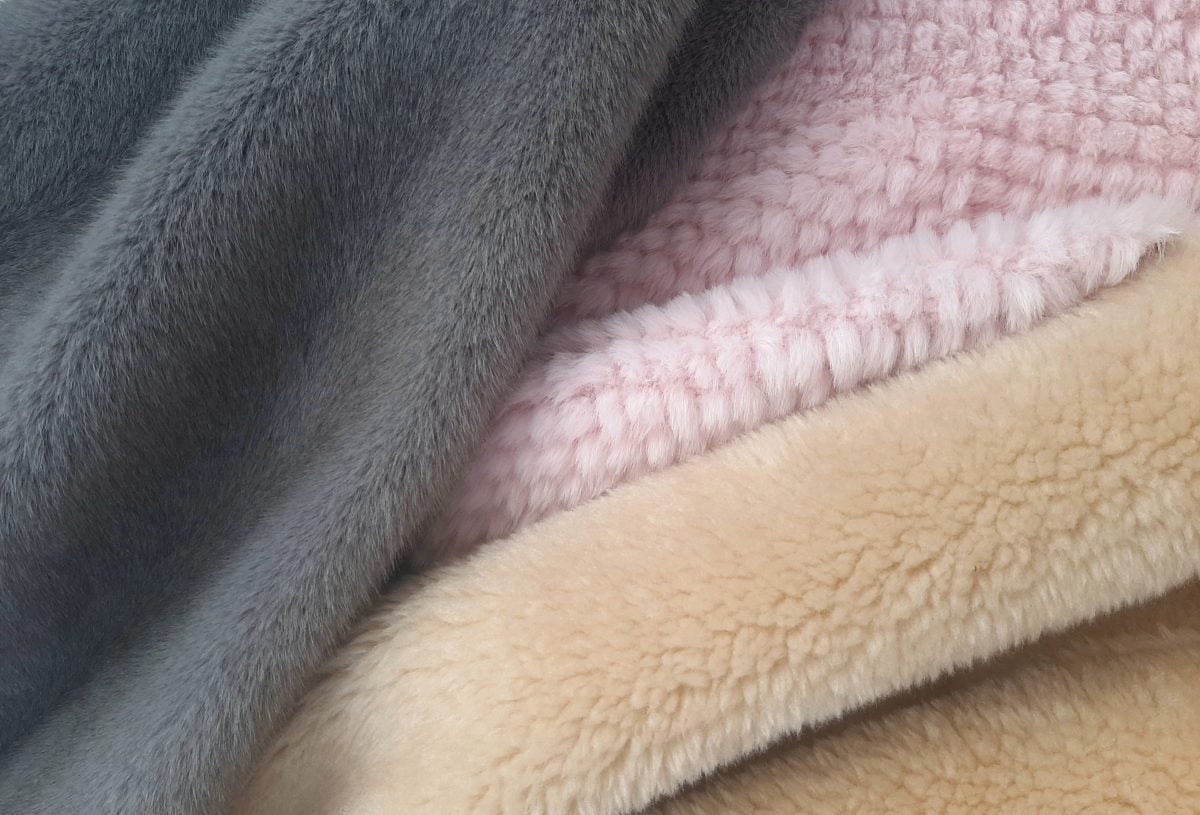
Does your work also involve convincing luxury brands to switch to faux fur?
Yes, because we collaborate with animal protection NGOs. We value their work as they have a challenging role in showing brands what they don’t want to see: the reality of animal fur and battery farming. It’s ugly and also harmful to ecology. My role is positive in providing alternatives. Associative work is crucial, and we cannot just condemn brands using animal fur without offering alternative solutions.
Is it difficult to convince these brands?
It’s much easier than before, but there are still some brands that continue to use animal fur from foxes or raccoons for example.
For several reasons, the first being, I think, traditional. Some brands have been making furs for a long time; it’s an ingrained tradition, and they struggle to open up to more futuristic or ethical materials. There’s also a financial reason, as some fur coats like mink can sell for 20,000 or 30,000 euros. These are not figures that can be achieved with faux fur, even if some high-quality options can sell for 5,000 euros. Thus, there is a profit to be made with animal fur that makes some houses reluctant to give it up. That’s my interpretation, in any case.
What is the difference in lifespan between a real fur and faux fur jacket?
Real fur is supposed to last several decades, and that’s probably true, even though I’ve never worn any. Animal fur is treated with chemicals, which gives it that durable appearance. Without this treatment, fur, being an organic material, wouldn’t last very long. Additionally, animal fur must be stored in a cold room during the summer, which is very energy-consuming. A faux fur lasts less time, from eight to ten years, but it has the advantage of being much more ecological. Of course, it also needs maintenance; however, it can be left in the summer in a closed garment bag.
All patterns are possible with faux fur! We love the timeless leopard print that allows you to be trendy and ethical at the same time! No more excuses to wear a dead animal on your back.
What are your innovations?
We thought, “we must spare the animals because the farming conditions are horrible.” At Ecopel, we developed three major innovations of greener and more virtuous textile fibers for the environment:
- The Gatcha: Faux fur made with biodegradable fibers. If this fiber falls into nature, it is degradable in three months.
- The Recycled Fibers: Since 2019, we have released a beautiful range of faux furs with 80 to 100% recycled fibers. These fibers can also be recyclable.
- The Kanecaron: Kanecaron, also known as “acrylic mode,” is an extremely fine and silky fiber. It is also used for hair extensions. A Japanese company supplies us regularly. The product is of excellent quality made in compliance with very strict environmental standards, labeled Ecotext. (Responsible use of chemicals and non-toxic to nature or humans)
We are also the first to have created a biofabricated faux fur that contains plant-based ingredients from corn. It’s very interesting to approach a different material that has a lower environmental impact than ordinary synthetics. Corn is perfectly suited for luxury brands as we launched this innovation with designer Stella McCartney.
How are dyes treated?
In the conventional manner, with natural or synthetic chemicals. The same ones used by all textile manufacturers. We have a project that is confidential for now with a large luxury group that will allow us to work on dyes in a more eco-friendly way.
Dyeing chemicals consume a lot of water. The solution we provide is to use a wastewater treatment unit. We manage to reuse 99% of our wastewater. Water consumption is one of the concerns in the textile industry in general.
At Ecopel, we are maximally sustainable across the board and provide a solution at every stage of production. From fiber selection to dyeing, from water recycling to the end of life of the fur, where we encourage recycling. To improve our impact at the end of the product’s life, we avoid using blended fibers that are very difficult to recycle.
Does public opinion matter?
We can no longer escape these images of animal abuse, and the interesting part is that they come from NGOs. I believe a lot in the power of NGOs and whistleblowers who are the opposite of the polished language of lobbies. If you look at the websites of fur or wool lobbies, you get the impression that animals are happy to die to end up as jackets. For me, this work on social media restores a measure of truth.
Is it necessary to show shocking images to move forward?
I think it’s important without overwhelming people. It’s crucial to offer alternatives and to be honest. That’s what we do at Ecopel: If you are a brand and you want to make fur, choose faux fur, it’s better not to kill animals. If you want to be 100% ecological, go for linen or hemp instead because synthetic materials aren’t ideal. We are not at all into greenwashing. I say this openly, if you have doubts, do neither. Animal fur has a significant impact on ecology, we mustn’t forget that.
Are you collaborating with PETA UK on an issue that affects the Royal Family?
We have a great collaboration on a specific issue: the royal guard hats, which are made from black bear skin. No one knew, and frankly, there are no more excuses for killing hundreds of bears each year for ornaments when alternative materials exist. We’ve been running this campaign for several years with PETA UK and we hope that in 2023, with the new King Charles III, this practice will come to an end.
Finally, can you tell us about the Seaqual initiative?
It’s a fantastic project that is very close to my heart because I love the sea. Seaqual is an organization based in Spain that collects plastic waste from the sea. Fishing nets bring back as much plastic as fish, it’s really alarming! We recover plastic to rework it. Recycled fibers are not always easy to handle, but we are 100% licensed by Seaqual and at our level, we help clean the oceans.
💡Have I given you any faux fur shopping ideas? What could be better than rushing to the pioneer of luxury faux fur Gucci with this sublime synthetic fur cardigan.
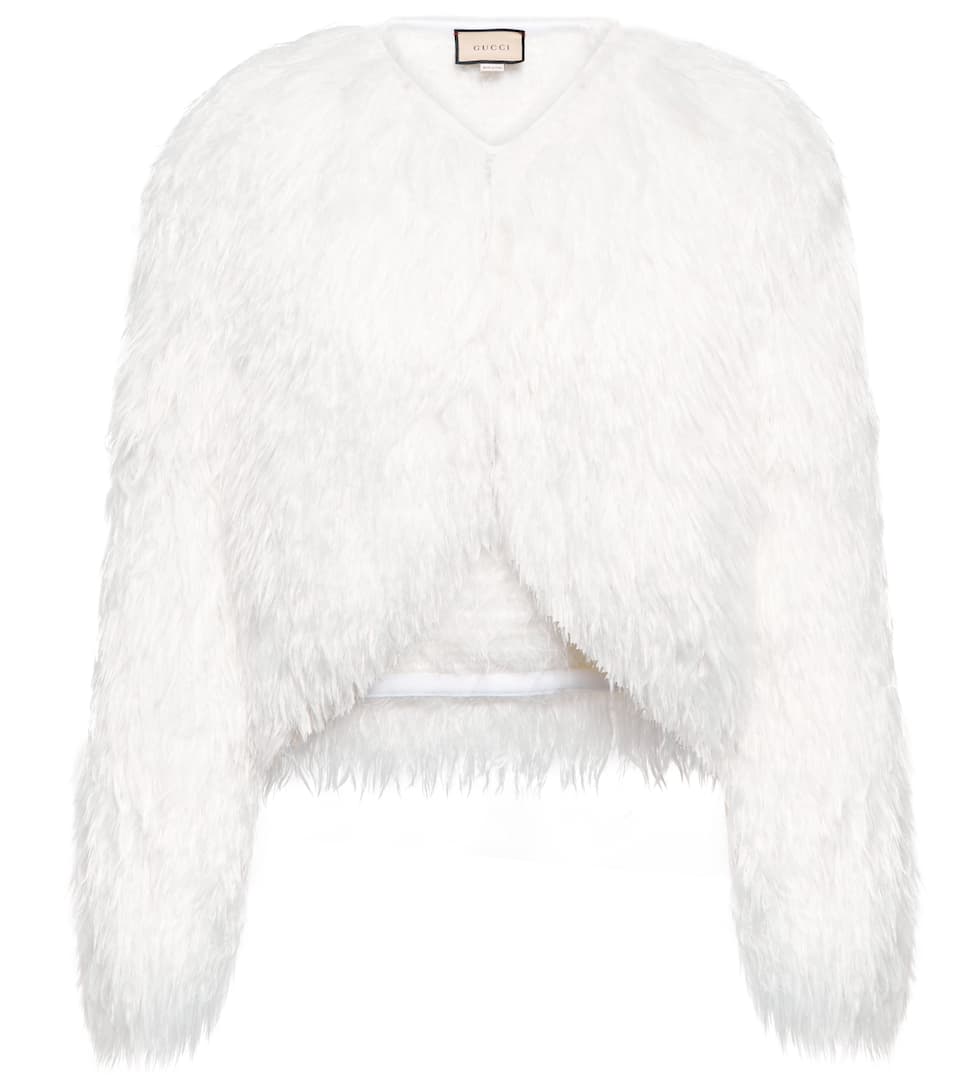
💡Visit Ecopel’s Instagram to learn more about faux fur or check out their showroom in Paris.
We’re crashing the Fashion Event Who’s Next 2022
💡Follow Victoria’s crash at Who’s Next to know the trends of this season before anyone else! (spoiler: colors are in the spotlight)
Image in the header: © Ecopel

